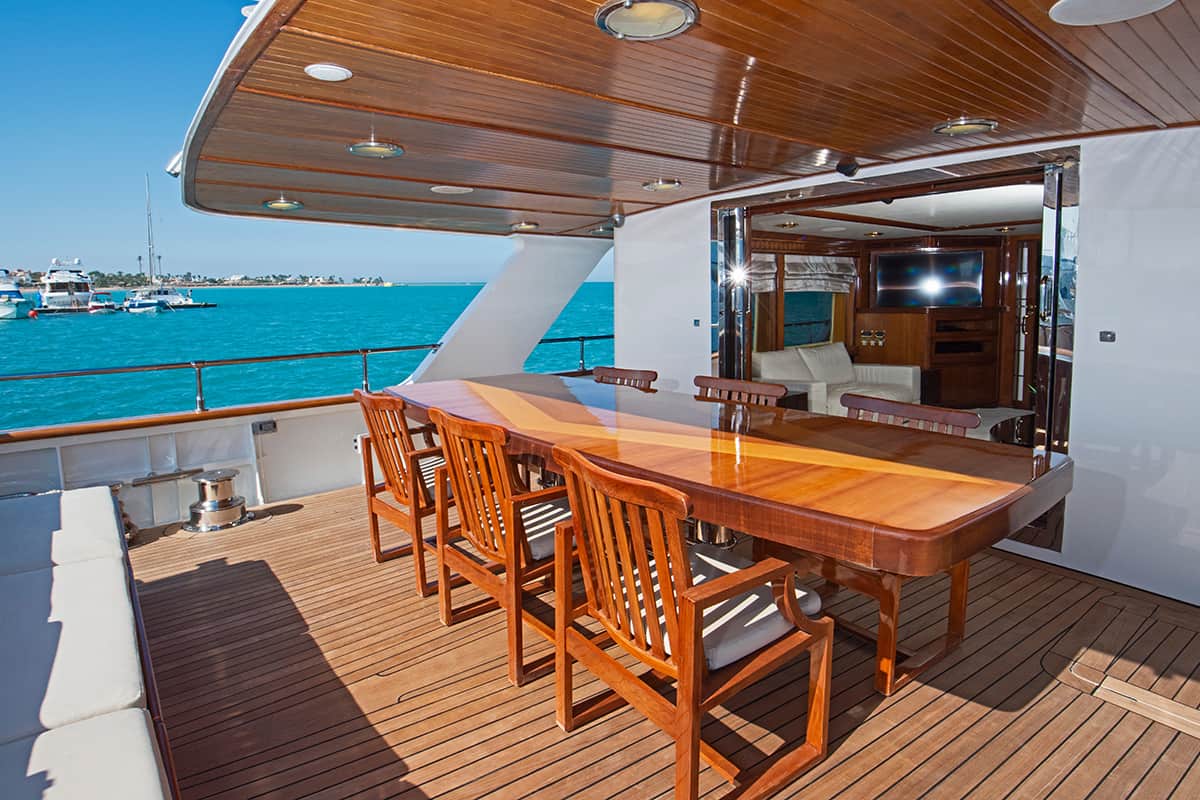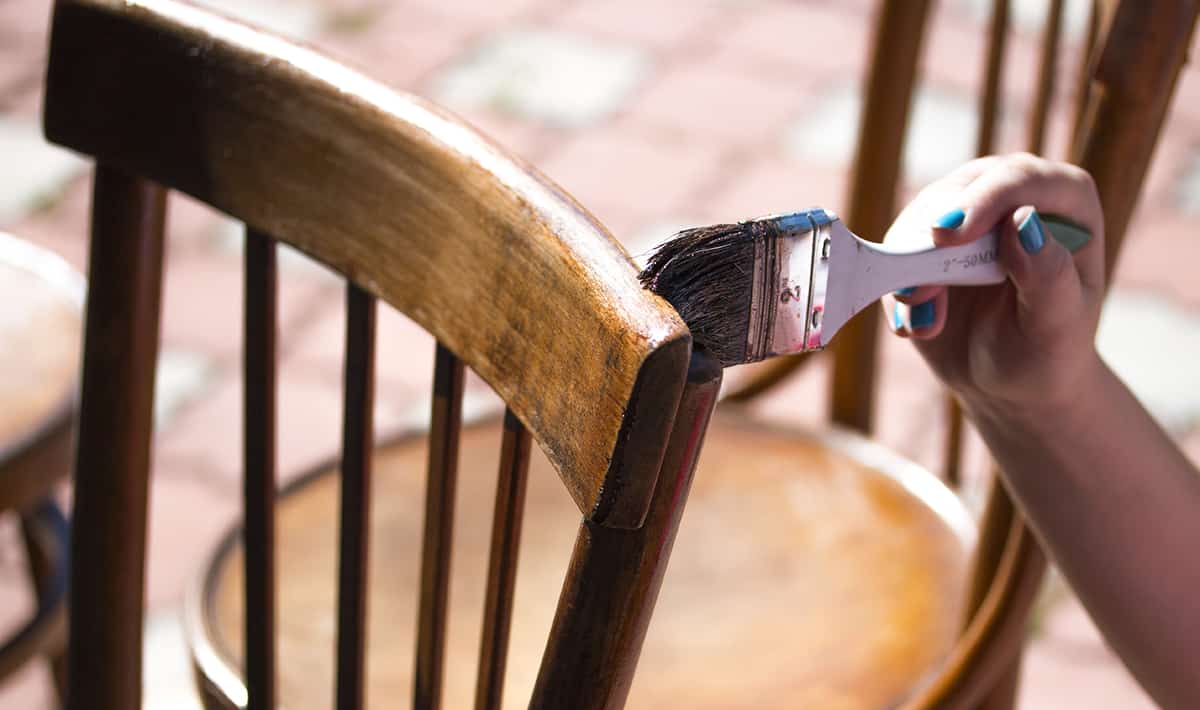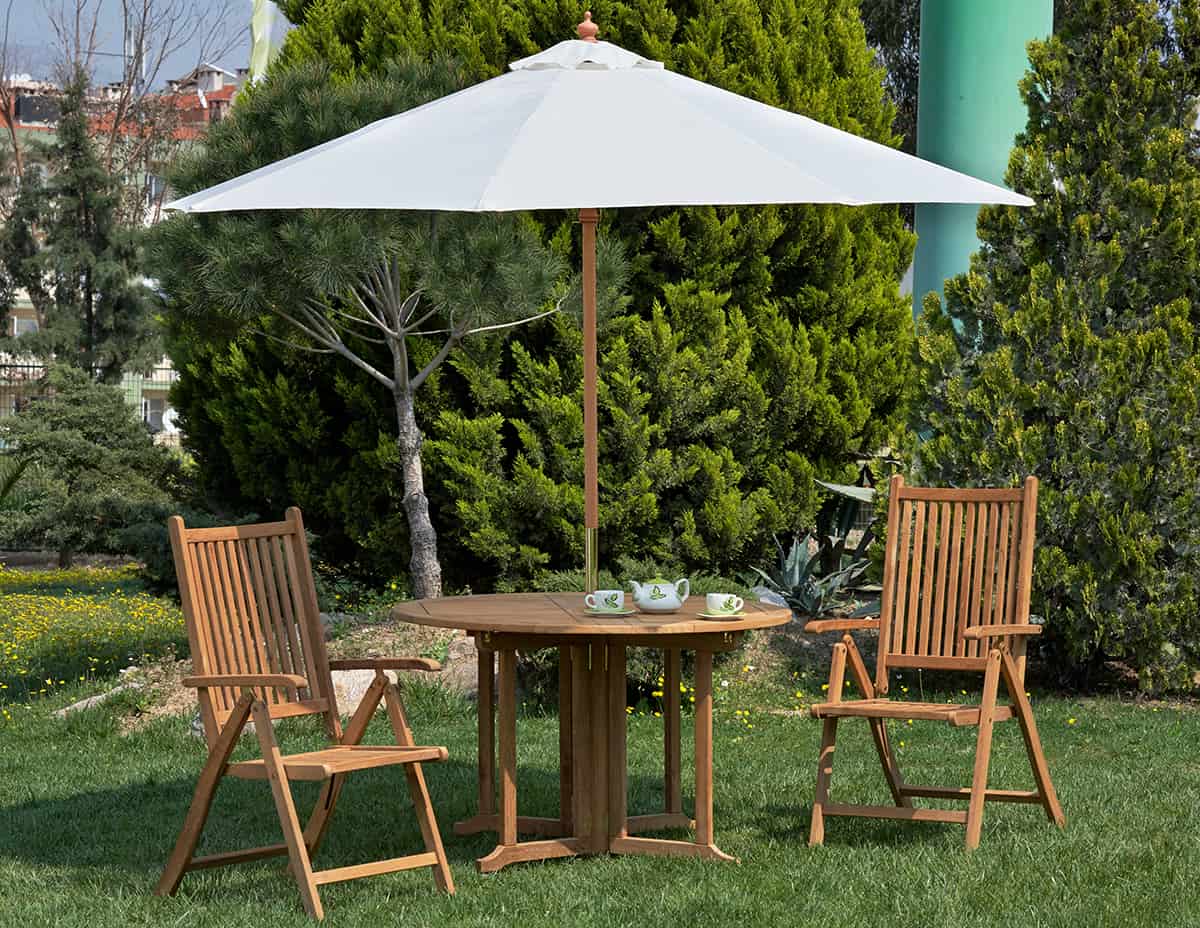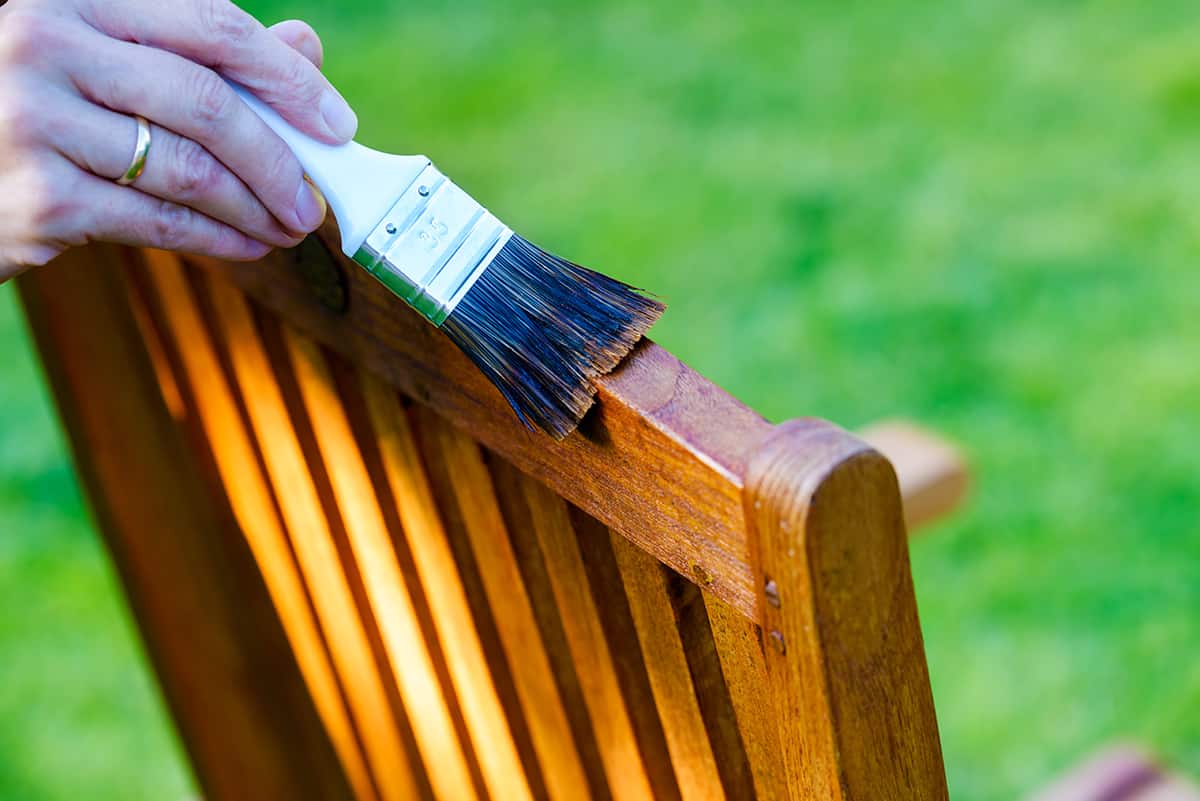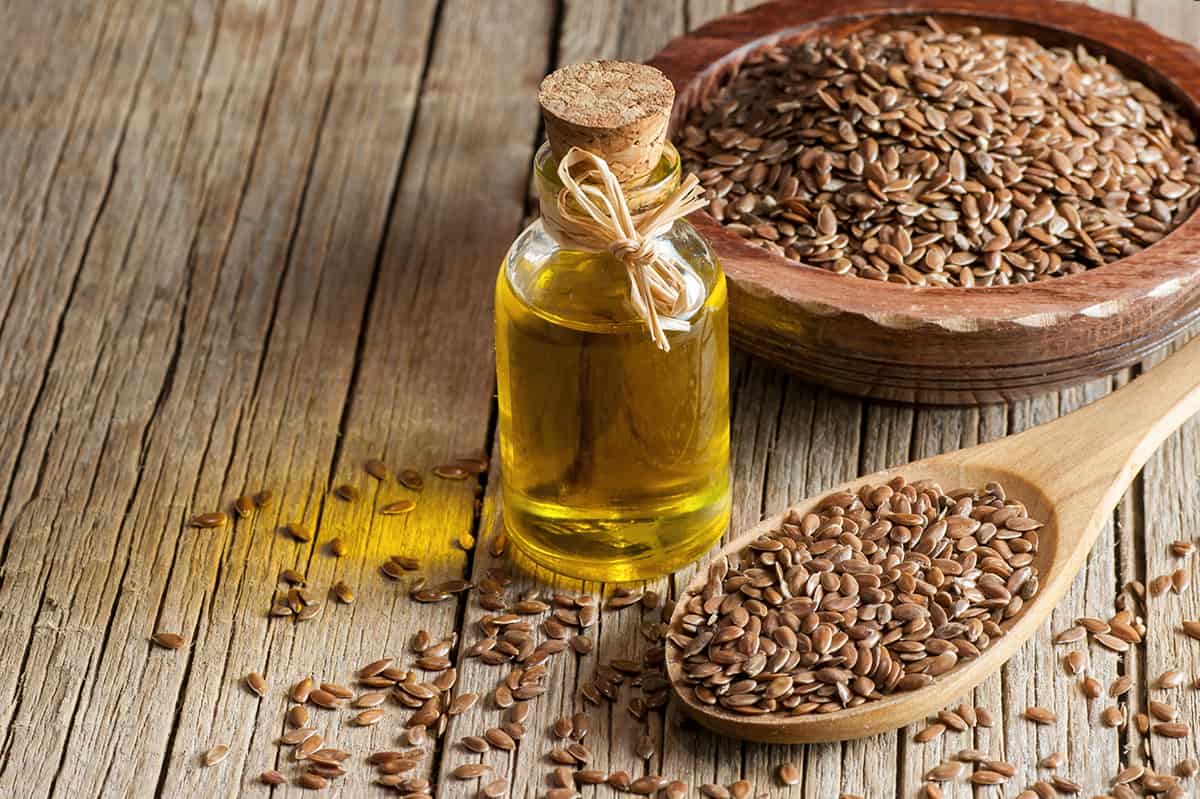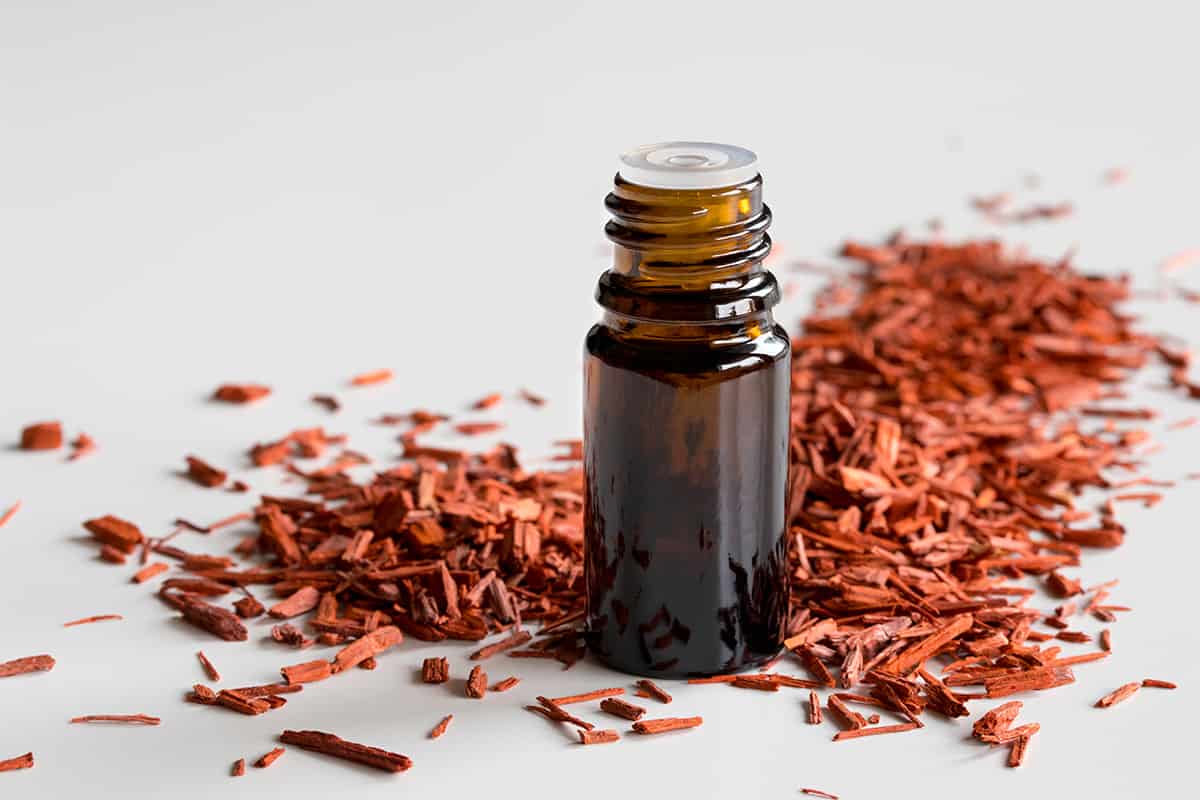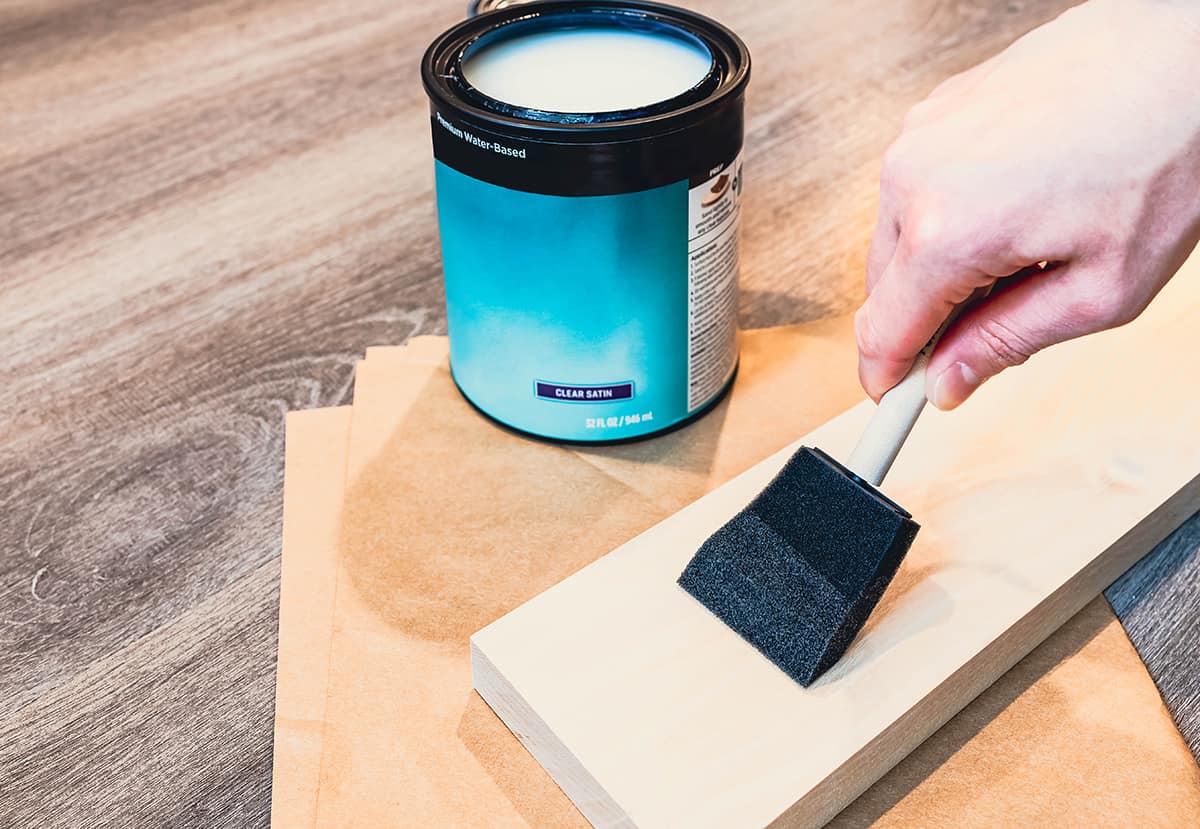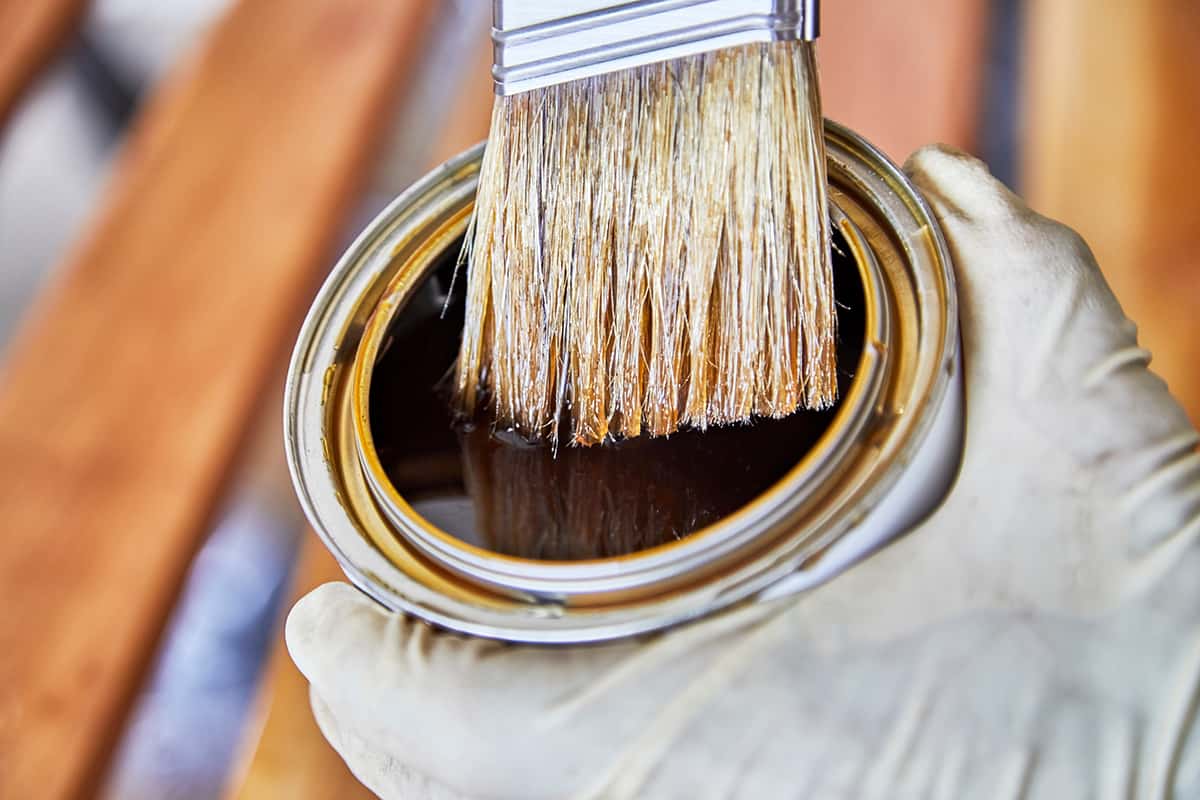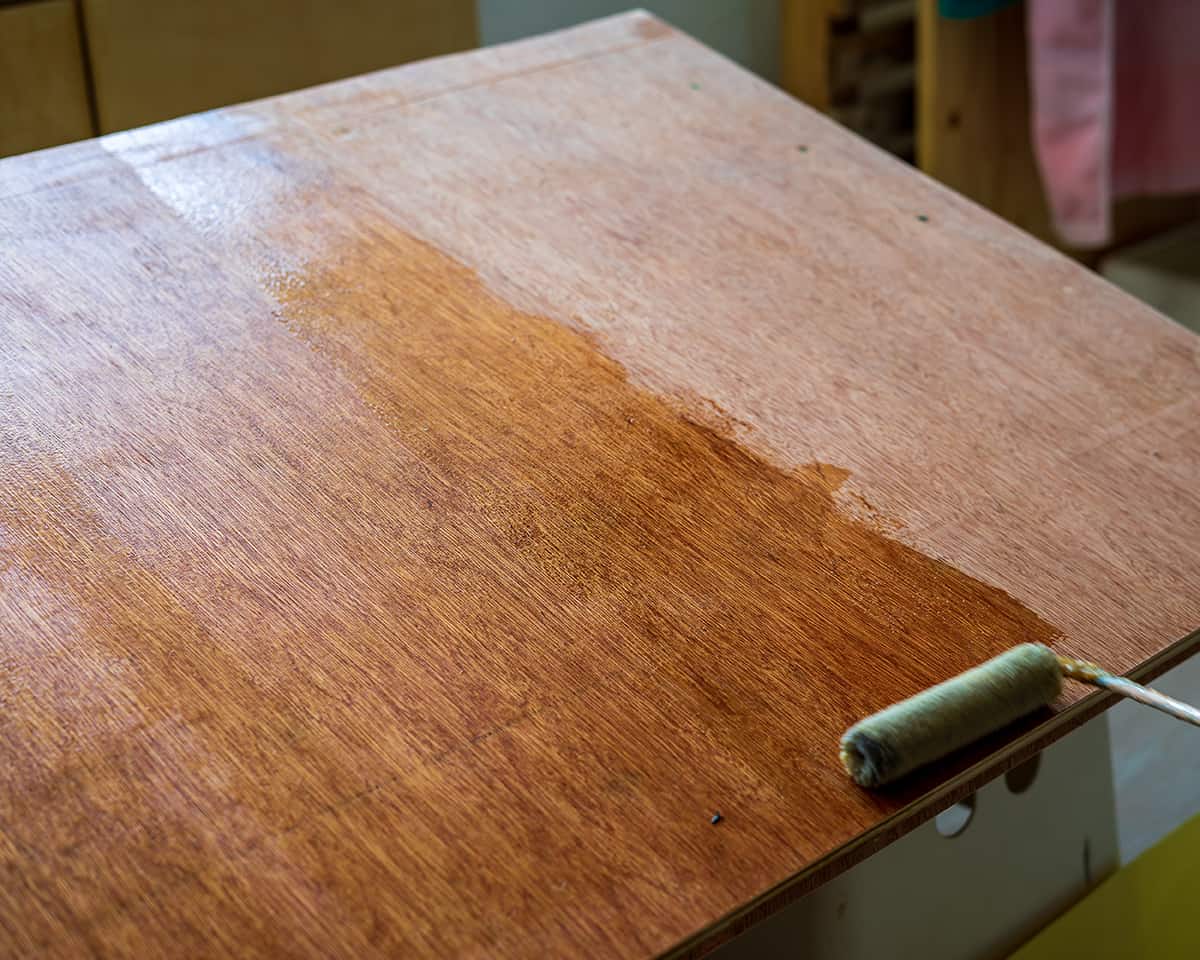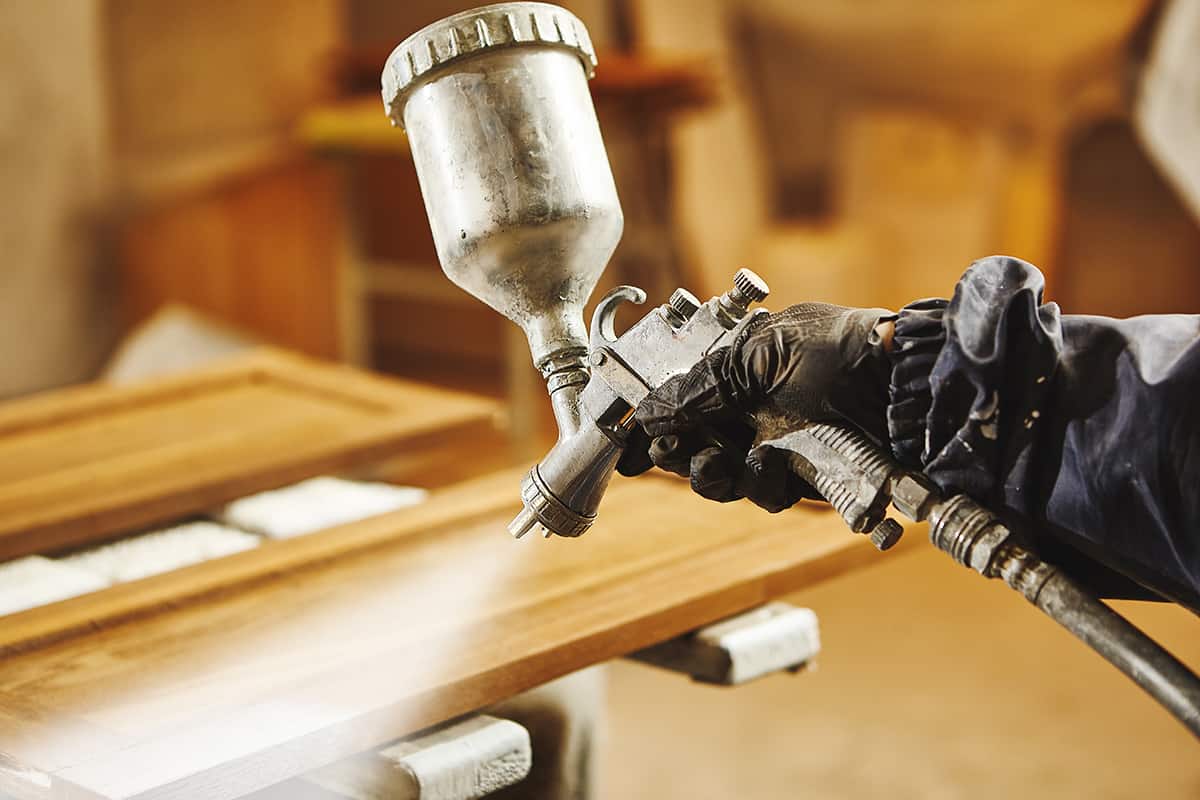Wood is among the most popular types of material used in the construction of outdoor furniture, such as Adirondack chairs, garden dining sets, benches, and bistro sets. The naturally beautiful look of wood means that it blends seamlessly into an outdoor setting and usually has a higher quality feel compared with plastic or metal alternatives.
The main drawback of outdoor wooden furniture is that it can degrade due to exposure to the elements. This is why waterproofing your wooden furniture is vital if you want it to last for more than a handful of years.
Table of Contents
Benefits of Waterproofing Outdoor Furniture
Some types of wood, such as teak, contain their own natural oils that protect them against the elements, and these wood types are considered to have naturally occurring waterproof properties, so they don’t need to be treated.
However, these types of wooden furniture are very expensive, and they can also be difficult to source because the demand is higher than the teak forests are able to supply.
If you have outdoor furniture made from other types of wood, such as ash or oak, then you will need to treat it to protect it against the following issues.
Prevent swelling
Wood is not resistant to moisture, and it will swell when it is subjected to rain or even high levels of humidity. Waterproofing your wooden outdoor furniture will mean that it repels moisture, thereby preventing it from swelling and becoming damaged.
Prevent warping
Exposure to moisture and UV rays can cause wood to warp, which will alter the look of your outdoor furniture and it can also affect its structural integrity so that joints become loose and the pieces aren’t as strong as they once were.
Waterproofing your wooden furniture will block moisture and UV rays, therefore preventing warping from occurring.
Prevent rotting
One of the long-term effects of continued exposure to moisture is rotting, and this can happen after just a few years if your wooden furniture is not waterproofed. To ensure your furniture does not rot, it needs to be protected from moisture with waterproofing methods.
Protect against pests
Wood is an attractive material to many types of outdoor pests that can set up camp on your furniture and weaken it or even destroy it.
Waterproofing your wooden furniture not only protects it from UV rays and moisture, but it can also create a barrier that will repel pests.
Extend lifespan
Wooden furniture that has not been waterproofed is expected to last just a few years, depending on how severe your climate is and whether the furniture is left subjected to the elements all year round. In the process of exposure to moisture and UV rays, the furniture will become faded and look much older than it really is.
If you waterproof your furniture, however, it will maintain a new look for much longer, and if you regularly maintain it, it can last for many decades.
Types of Waterproofing
There are three ways to waterproof your outdoor furniture that we will look at in further detail below. These are by using natural oils, a protective clear coat, or an all-in-one sealant and stain.
Natural Oils
Natural oils are, obviously, a natural product, and therefore they don’t contain nasty chemicals and toxic VOCs like the synthetic alternatives.
If you want to use a natural finish on your outdoor wooden furniture, then this is the best choice for you.
Natural oils can be easily applied using a brush and then wiped down with a rag. They tend to be very affordable; however, they provide the lowest level of protection compared with other waterproofing options, so they are suitable if your wooden furniture is kept under a shelter, for example, a porch, but if you plan to leave your furniture outside in direct contact with the elements then natural oils won’t offer enough protection.
Linseed Oil
This is a natural oil made from the flax plant, and it is eco-friendly and sustainable. It absorbs deep into the layers of the wood and brings out the natural grain.
It is easy to apply, but many layers are needed to achieve even a moderate level of protection, and you will need to leave time between each coat, which can make the process long and frustrating.
Linseed oil is best for darker woods such as mahogany because it does take on a yellow hue over time that can ruin the appearance of paler woods.
Tung Oil
This is another natural oil that is non-toxic and eco-friendly. It is derived from the seeds of the tung tree. Like linseed oil, it absorbs deep into the wood and needs to be applied in many thin layers. Tung oil does not discolor the wood like linseed oil, so it is a better option for pale-colored woods.
It also offers a slightly higher level of protection against moisture and scratching, so it can make outdoor furniture more hardwearing compared with linseed oil.
Protective Clear Coat
These types of sealers do not penetrate the wood like natural oils, and instead, they form a barrier skin over the top of the wood that has a clear, glossy look. The protection offered by protective clear coats is far superior to natural oils; however, these do contain toxins and VOCs.
Typically a treatment from a protective clear coat will last 2 to 5 years before it will start to peel off, and you will then need to sand off all of the coatings and reapply it.
Varnish
This is an oil-based coating that provides superior protection against moisture and UV rays. It is used on boats, which tells you just how impressive it is at protecting wood against the perils of moisture.
Varnish creates flexible, water-resistant skin over wooden furniture that will also prevent cracks or scratches. It needs to be applied in several thin layers for best results.
After around three years, the clear barrier will start to look foggy, and at this point, you should sand away the top layer and apply a fresh topcoat.
Polyurethane
This type of oil-based clear coat results in a finish that looks just like varnish, but it is actually a very thin layer of plastic coating the wooden furniture like a second skin.
The waterproofing properties of this coating are almost identical to that of varnish, but polyurethane is easier to apply because it requires fewer coats. The downside is that it is much higher in VOCs compared to varnish.
Lacquer
If you want a very high-gloss, almost mirror-like finish, then lacquer is your best option. It is applied in thinner coats than varnish or polyurethane but results in excellent protection against moisture and scratching.
You can find spray-on versions of lacquer, as well as brush-on alternatives. The drawback of lacquer is that it can discolor over time and is therefore not a great option for light-colored wood, and it is also extremely high in VOCs.
All-in-one Sealant and Stain
Stain and sealer two-in-one products are based on a polyurethane formula, so they contain similar levels of VOCs to polyurethane clear coats. The level of protection offered by these products is on par with varnish, lacquer, and polyurethane sealers, but the difference is in the aesthetic finish.
Stain and sealer products can add color to your wooden outdoor furniture, and they are available in a wide range of shades and finishes, from flat right through to ultra glossy.
These products offer protection against both moisture and UV rays, and they won’t discolor or darken over time. You can use them to protect and extend the lifespan of your wooden furniture, as well as alter the look of it for a new style makeover.
Choose a dark stain to make your budget wooden furniture appear to be high-end mahogany, or opt for a honey-colored stain to give your garden furniture a bright and warm appeal.
Applying Waterproofing Products to Outdoor Furniture
If your wooden outdoor furniture is new and in a raw wood condition, then you won’t need to prepare it before sealing it. However, if your furniture is old, then you’ll need to sand away the top layer of wood before you begin the process of protecting it.
An electric sander will make the job easier, but you can use sandpaper and some extra effort if you don’t own one of these tools. Take the wood back to its raw state, removing any old paint or varnish or the top layer of weather-damaged wood. Once this is complete, clean the furniture with a dry cloth.
You can then apply your product following the manufacturer’s instructions. Generally, several thin layers are always better than fewer thick layers. Use a high-quality brush if you are applying the products by hand, as this will result in the best finish and make your job easier.
Clean your brushes and dispose of any rags properly, especially those used to wipe away natural oils, because these can spontaneously ignite.
